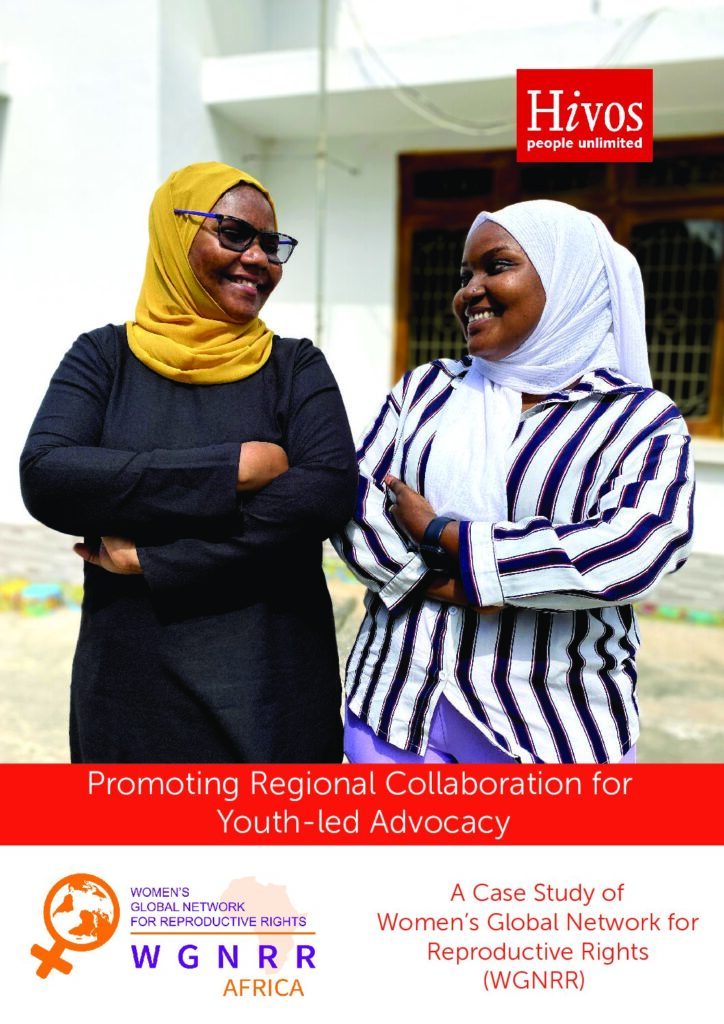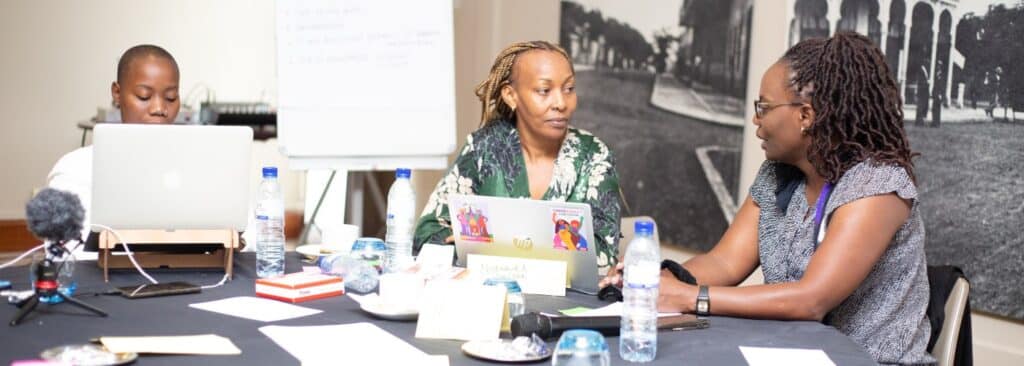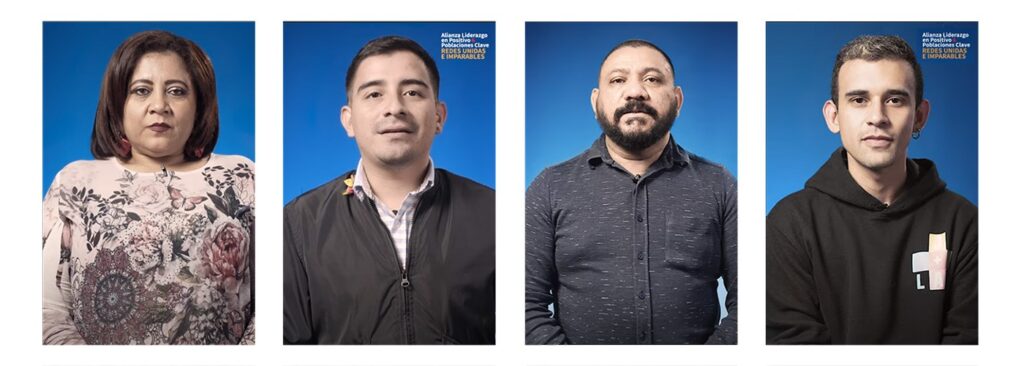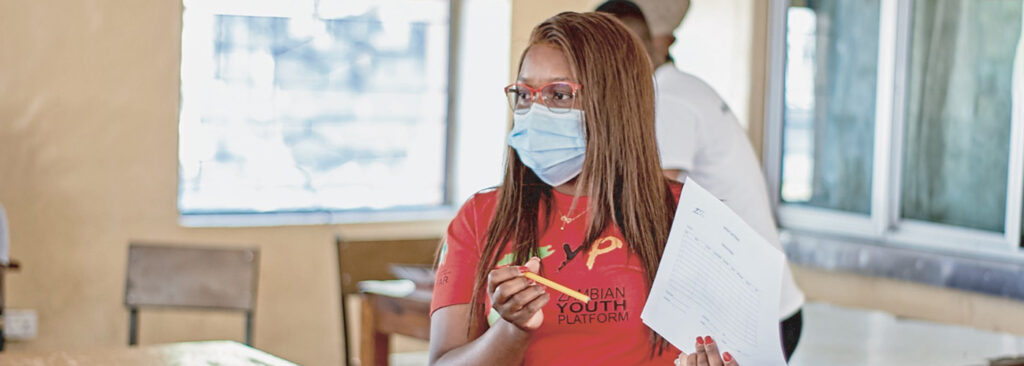Young people across East and Southern Africa continue to face barriers in exercising their right to access sexual and reproductive health information and services. Although young people lead and participate in Sexual and Reproductive Health and Rights (SRHR) advocacy in the region, the meaningful participation of adolescent girls remains shallow.
Grassroots and youth-led civil society organizations (CSOs) and networks report having limited opportunities and knowledge on policy analysis, affecting the implementation and monitoring of their regional youth and adolescent SRHR-related commitments. In addition, the few existing youth networks have few, if not no, direct in-country and cross-national or regional interlinkages with those undertaking community and local policy level advocacy initiatives.
“This siloed nature of youth advocacy (…) provides opportunity for the opposition movement to fight back and undermine the progressive SRHR agenda.”
As such, adolescents and community-based youth CSOs and networks do not see themselves as part of a broad national and sub-regional advocacy group. This sidelining and siloed nature of youth SRHR advocacy makes progress more difficult and provides opportunity for the opposition movement to fight back and undermine the progressive sexual and reproductive health rights agenda.
Reproductive rights advocacy
To address these gaps, the Women’s Global Network for Reproductive Rights (WGNRR) in Tanzania, with support from our Regional SRHR Fund, conceptualized and implemented a cross-national adolescents’ reproductive rights program. The program was aimed at increasing adolescents’ participation and improving collaboration among youth CSOs for a strong, harmonized, and empowered reproductive rights advocacy in Tanzania, Kenya, and Malawi.

They did this by building and supporting a grassroots sub-regional youth movement to enhance young people’s access to sexual and reproductive health services and information, including safe and legal abortion. Some of the key approaches used included advocacy capacity building, regional networking and collaboration and evidence-building using HeRWAI Assessment and evidence-based advocacy. Key results included strengthened collaboration and solidarity among youth-led and/or youth-serving CSOs and networks themselves in creating awareness and advocating for adolescent SRHR at country and regional level. There was also enhanced ability of and increased opportunities for adolescents and youth advocates to mobilize and conduct joint advocacy and campaigning actions in national and regional forums.
The case study is part of the Regional SRHR Fund’s documentation of case studies aimed at supporting cross learning and knowledge sharing to enable organizations to conceptualize, design and coordinate adolescent SRHR advocacy. This initiative has been made possible with support from Sida through its Regional SRHR Team for Africa.
About the Regional SRHR Fund
The core purpose of the Regional SRHR Fund is to improve access to high quality SRHR information and services for adolescents and youth in all their diversity as underserved populations. It employs policy engagement with duty bearers, youth-driven research, capacity strengthening, and grant making.
Its initiatives aim to build strong, resilient, diverse and well-coordinated youth-led movements and organizations that can challenge young people’s exclusion, amplify their voices, and shift narratives regarding youth sexuality.







